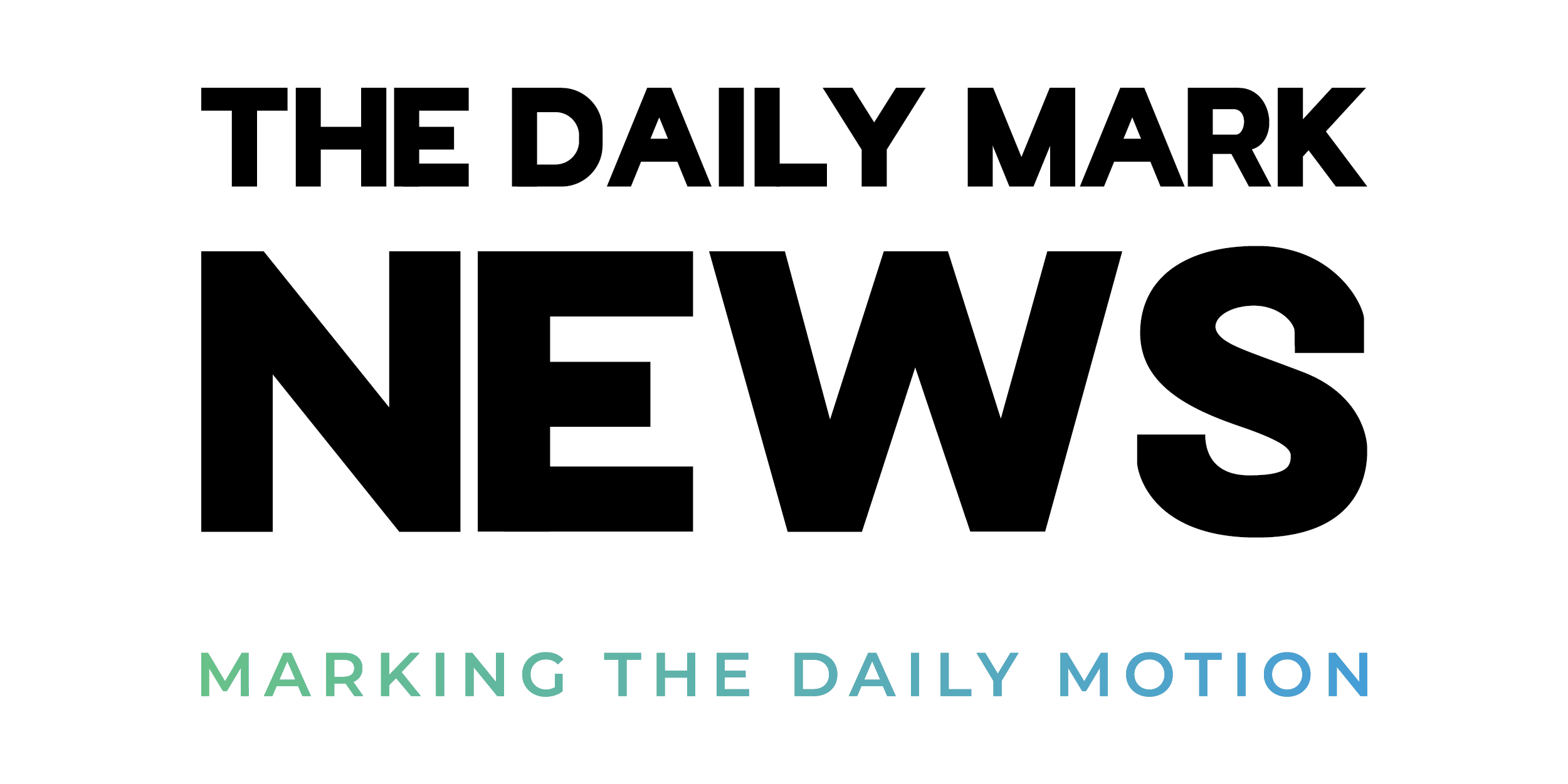New figures from the Australian Bureau of Statistics showing the number of people without a home is growing at an alarming rate. The data also shows that alongside women and children, Indigenous Australians are bearing the brunt of the housing affordability crisis.
Important aspects:
- Australia’s homelessness rate has risen by 5.2 per cent in just five years.
- Community groups are calling for the Government’s Housing Australia Future Fund to be strengthened to tackle the housing crisis.
- The government has said it plans to invest $10 billion in the housing sector.
Australian Bureau of Statistics data released on March 22 shows homelessness in the country is on the rise.
According to these new figures, about 123,000 people were homeless on the night of the 2021 census, which is about 6,000 more than the 2016 census.
The homelessness rate has increased by 5.2 percent in just five years.
56 percent of the homeless are women and children; 16 percent were over 55; 14 percent were 19 to 24 years old.
Homelessness has risen the most in Tasmania, where the rate is 45 per cent.
In Victoria, Aboriginal and Torre’ Strait Islander homelessness has increased by more than 40 per cent.
Rights groups including Melbourne’s Council to Homeless Persons have called for immediate action to reduce homelessness.
The federal government says it is already taking action.
The Labor government has said it plans to invest $10 billion in the housing sector, and will provide $500,000 in funding each year.
Housing Minister Julie Collins said Labor had introduced a bill for a $10 billion affordable housing fund in Parliament and it had support across the housing sector.
But some crossbenchers (independent and minority members of parliament) say it is not enough to meet demand.
The Greens Party is also saying the same thing. They find the government’s funding model unsustainable and are asking for $5 billion a year instead.
Party leader Adam Bandot said at least $5 billion a year was needed, as well as calling for a rent freeze.
He said inaction on the matter would deepen the crisis.
“The crisis is so dire that our pensioners are competing to share a room with others, people are sleeping in tents with families, sleeping on sofas in other people’s homes, because they cannot find a place to stay” said, Mei Azizi, Everybody’s Home Campaign.
A new report from the Australian Council of Social Services, released on March 22, found that single parents, migrants, the unemployed and people with disabilities are more likely to live in poverty.
CEO of the organization. Cassandra Goldie says the biggest financial stress people face is affording housing.
Neither authorities nor tenants in the Sunshine State of Queensland are surprised by these figures.
Figures released earlier this week indicate that at least 150,000 households in the state are facing a severe housing crisis and nearly 300,000 people are at risk of homelessness.
Deputy Premier Steven Miles said the government would look at proposals to set rent caps at a housing summit on March 28.
However, the state government’s plan has been strongly opposed by groups representing homeowners.
Real Estate Institute of Queensland CEO Antonia Mercorella said there had been a number of bills in parliament proposing rent caps before, and those bills had failed.
Meanwhile, community groups are calling for the government’s Housing Australia Future Fund to be strengthened to address the housing crisis.





